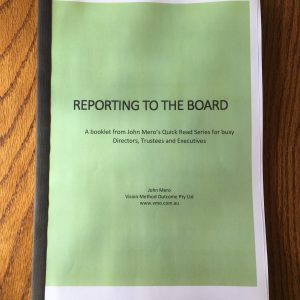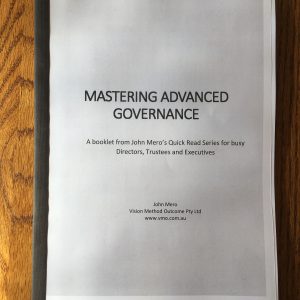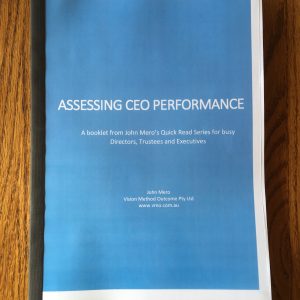Description
Winning Tenders explores how to win a tender bid including; preparing to lead the implementation of a tender process, the common issues that prevent a tenderer from making the short list and the common features of winning bids. The author has been a member of multiple tender selection panels, won multiple tenders, trained extensively and prepared teams to both succeed as purchasers and bidders.
Tendering involves a `purchaser’ offering interested parties the opportunity to compete for a contract to provide a service. In the main, governments let most competitive tenders. Under the National Competition Strategy, government funding should be market tested and one way to do this is through competitive tendering. However, many corporations both for-profit and not for profit also use tendering to ensure they get the best value for money provider.
The Winning Tenders booklet asserts that the most common reason bidders fail to make the shortlist is the lack of understanding of the tender specifications. Unfortunately, some organizations who bid for work assume they know what is involved in developing a competitive bid without ever having assessing their approach. Many service purchasers report that bidders do not understand what was required in the tender document, perhaps because the bidder failed to read the specifications carefully or did not comprehend requirements. Those who make the shortlist often win because they present a compelling case supported by an attractive cost to quality proposal. A critical requirement in winning tenders is to go beyond understanding the purchaser’s specifications to develop a whole view of what the purchase needs.
The Winning Tenders booklet argues that the analysis of whether to compete is the single most important decision in the entire process. Once the decision is made the clock is ticking and bidders need to have a reserve of materials to draw on to progress quickly.





